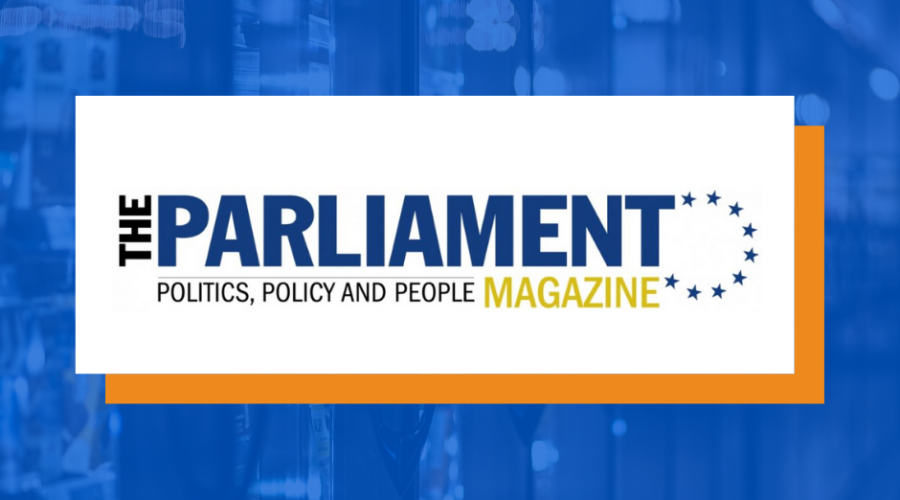Шість причин чому не варто демонізувати нікотин
Добрі новини для початку тижня: у країнах, які пішли шляхом заохочення вейпінгу, кількість курців суттєво зменшилась.
У Великій Британії, наприклад, рівень куріння впав на 25% з 2013 року (час, коли вейпінг став популярним).
Але для критиків цих успіхів нікотин став козлом відпущення і в результаті боротьба з курінням поступово переросла в боротьбу з нікотином. Такий підхід має жахливі наслідки: менше людей переходить на менш шкідливі альтернативи.
Шість причин чому треба перестати демонізувати нікотин:
1. Люди споживають нікотин, але вмирають від куріння
Це правда, що не слід заохочувати людей починати вживати нікотин. Але органи охорони здоров’я повинні перестати перешкоджати курцям переходити на вейпінг та інші альтернативи. Британська національна служба охорони здоров’я (British National Health Service) дотримуєтьсяпрагматичного підходу до споживання нікотину та вейпінгу, заявляючи наступне: «Хоча нікотин викликає залежність у сигаретах, він сам по собі є відносно нешкідливим. Майже вся шкода від куріння походить від тисяч інших хімічних речовин в тютюновому димі, багато з яких є токсичними».
2. Нікотин у патчах і жувальних гумках не є проблемою, а тому він не має вважатись проблемою у вейпі
Королівський коледж лікарів Великобританії узагальнив роль вейпінгу як методу споживання нікотину таким чином: «Електронні сигарети відповідають багатьом критеріям ідеального продукту для зменшення шкоди від тютюну. Хоча споживання нікотину з електронних сигарет залежить від ряду факторів, […], вони можуть містити високу дозу нікотину, але при цьому не мати шкідливих компонентів тютюнового диму […]».
3. Залежність від нікотину складна і вона не вирішується заборонами
Безсумнівно, нікотин викликає виділення дофаміну і, таким чином, сприяє звиканню до куріння, але це не може бути єдиною причиною, чому так багато людей не можуть кинути палити. Якби нікотин був єдиною причиною залежності від куріння, кожен курець, який використовує нікотинові патчі, мав би кинути курити одразу.
Як показало дослідження, опубліковане у 2015-ому році в науковому журналі Drug and Alcohol Dependence, за відсутності тютюнового диму потенційна залежність від нікотину дуже низька, тому більшість вейперів відчувають набагато менший тиск залежності, ніж курці.
4. Нікотин має медичні переваги
Дослідження, проведені в 1960-х роках, показали, що у курців спостерігається нижчий рівень хвороби Паркінсона, і нещодавні дослідження показало, що причиною цього є нікотин. Було доведено, що «чоловіки, які не курили, але вживали снюс (тип бездимного тютюну), мали значно нижчий ризик хвороби Паркінсона». Однією з причин є те, що нікотин має позитивну когнітивну дію.
5. Помилкові уявлення про нікотин гальмують прогрес
Сприйняття громадськості щодо нікотину, на жаль, викривлене. 57% респондентів американського опитування помилково погодилися з твердженням, що «нікотин в сигаретах є речовиною, яка викликає більшість ракових захворювань, викликаних курінням», і навіть 80% лікарів помилково вважають, що нікотин викликає рак. Ці неправильні переконання громадськості та експертів мають негативні наслідки, адже вони викривлюють уявлення про вейпінг, який є на 95 відсотків менш шкідливий ніж куріння.
Недавній огляд 755 тематичних досліджень про загальні наслідки вейпінгу прийшов до висновку, що лише 37 «відповідають точним критеріям наукової якості».
6. Політика заборон ніколи не є ефективною
Якщо політикам до цього часу слід було б чомусь навчитися з історії, так це те, що заборона не працює. Заборона алкоголю в США була повною катастрофою, що призвело до збільшення споживання алкоголю, споживання неощадливих продуктів і породило величезні картелі. Війна з наркотиками в усьому світі є повним провалом і в багатьох випадках призвела до контрпродуктивної політики. Тому справедливо припустити, що війна з нікотином матиме такі ж результати.
Оскільки куріння і хвороби, які ним спричинені, залишається одним з викликів людства, дуже важливо підходити до їх вирішення зважено і без нав’язаних ідеологій. Нікотин – не ворог.
Originally published here











